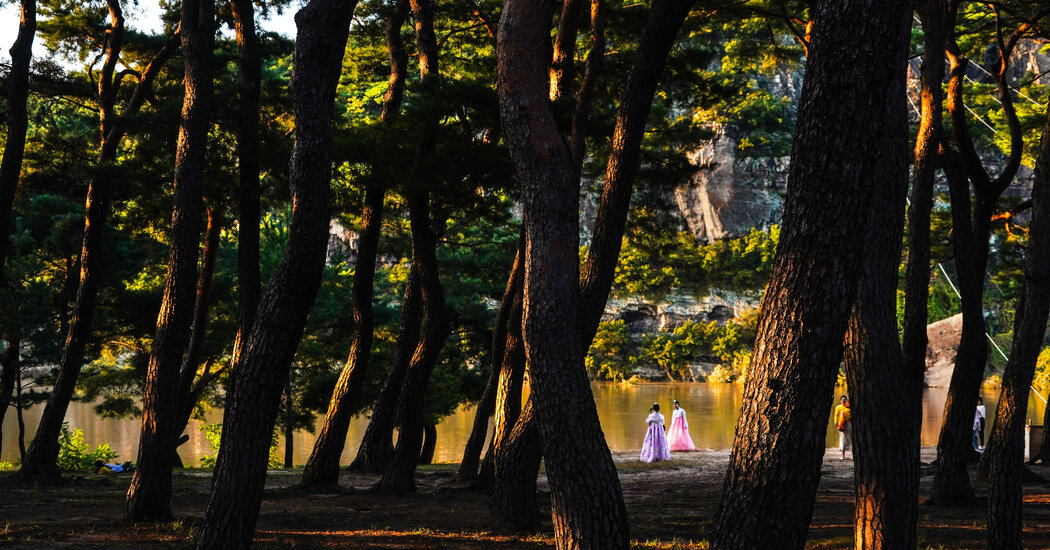Before South Korea became globally known for its beauty products, kimchi and pop groups, it was known as the Land of the Morning Calm. The name has long been used to refer to the Korean Peninsula, before the division of South and North Korea, because of its tranquil, temple-dotted mountains and serene forests where dawn breaks on the Asian mainland.
But calm is not a word that best captured the state of South Korea in the years running up to the pandemic. It experienced a cultural explosion of art, cuisine, literature and cinema with high profile films like “Parasite,” which swept the Oscars in February 2020 and nudged the nation onto many travelers’ maps. A month later, the coronavirus hit and a calm returned. The bustling nation had closed shop.
But on June 1, 2022, Korea opened to foreign tourists again, issuing short-term travel visas for the first time in two years and lifted most Covid-related restrictions for residents.
The secrets of rural Korea are not widely known, even to many urbanite Koreans. According to the Statistics of Urban Planning, 92 percent of the country’s population now lives in urban areas, up from just 39 percent in 1960. As a traveler to more than 20 Asian countries, including popular destinations like Cambodia and Thailand, lesser-traveled spots like Laos, Bhutan and Taiwan, plus a dozen trips to Japan, I assumed the slow-paced side of Korea might be similar to those countries.
How wrong I was.
In March of 2019, I spent two weeks hiking and touring through rural South Korea to explore the eight mainland provinces of this 38,750-square-mile country, slightly bigger than Indiana but smaller than Kentucky. Unbeknown to me, March wasn’t the best time to go. It’s mud season. Wildflowers hadn’t bloomed yet, many trails were still closed and smog was at its worst.
Despite the mud, I lost myself in tranquil thatched-roof hamlets, peaceful Buddhist temples clinging to mountains, glittering dark sky reserves and unhurried “slow food” towns where a generation of South Korean women over 60 are preserving the country’s culinary heritage.
Leaving Seoul behind
Getting out of metropolitan Seoul, home to a staggering 26 million people, is the first hurdle of any visit to rural Korea.
High-speed Korea Rail trains are affordable and efficient but tend to connect to other urban areas. Hiring a guide and driver is not cheap, but offers a good way to get a deeper understanding of the fast-changing culture. I did a hybrid of the two,…
Click Here to Read the Full Original Article at NYT > Travel…
